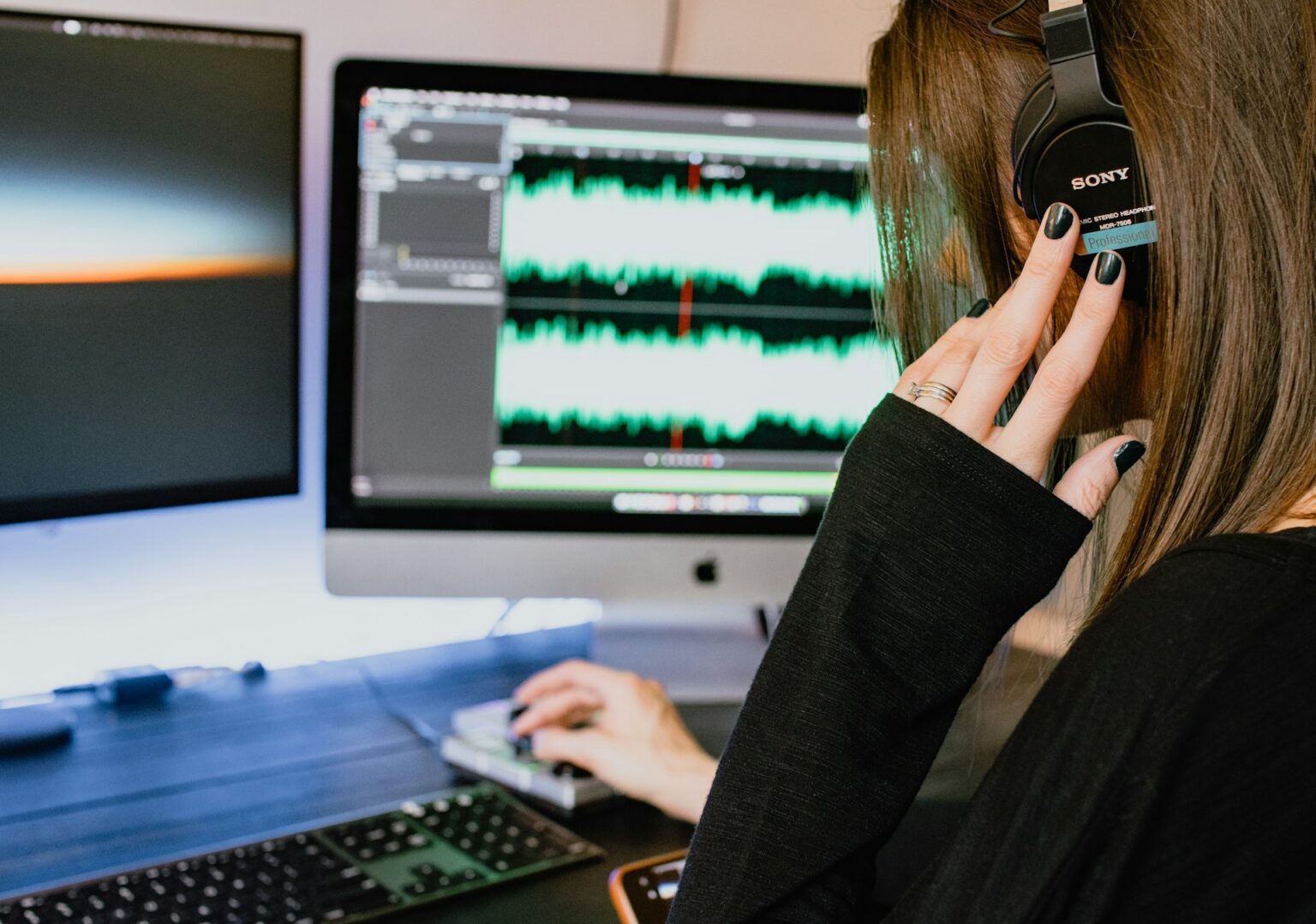Audio-related problems can significantly impact the quality of your video production. From poor sound quality to synchronization issues, troubleshooting audio problems is a crucial skill for videographers and content creators. In this blog post, we will explore common audio issues that arise in video production and provide practical solutions to ensure optimal sound quality in your projects. Let’s dive in!
1. Problem: Background Noise and Distractions
Background noise and distractions can compromise the clarity and intelligibility of your audio recordings.
Solution:
a. Choose a quiet location for recording: Select a controlled environment with minimal ambient noise and distractions. Avoid areas near air conditioning units, traffic, or other sources of unwanted sound.
b. Use directional microphones: Employ directional microphones, such as shotgun or lavalier mics, to focus on capturing the desired audio source while reducing surrounding noise.
c. Consider soundproofing: If recording in a less-than-ideal environment, use soundproofing materials like acoustic panels or blankets to minimize background noise.
2. Problem: Audio Synchronization Issues
When the audio and video are not properly synced, it can create a jarring viewing experience.
Solution:
a. Use a clapperboard or sync marker: Utilize a clapperboard or any visual cue that produces a sharp sound and clear visual marker to sync audio and video in post-production.
b. Align audio manually: In video editing software, manually align the audio waveform with the visual frames to ensure synchronization.
c. Employ automated syncing tools: Some video editing software offers automated audio syncing tools that analyze audio waveforms and match them with corresponding video clips.
3. Problem: Uneven Audio Levels
Inconsistent audio levels can result in parts of your video being too loud or too quiet, causing discomfort or difficulty in understanding the content.
Solution:
a. Monitor audio levels during recording: Keep a close eye on audio levels and adjust settings accordingly to avoid clipping (distortion due to excessive volume) or audio that is too low.
b. Utilize audio compression: Apply audio compression in post-production to even out the dynamic range and ensure consistent audio levels throughout the video.
c. Implement volume automation: Manually adjust audio levels at specific moments in your video to balance dialogue, music, and sound effects.
4. Problem: Poor Voice Clarity and Intelligibility
When dialogue or narration is unclear or difficult to understand, it can hinder the effectiveness of your video.
Solution:
a. Use high-quality microphones: Invest in quality microphones that capture clear and accurate voice recordings. Consider using lavalier or condenser microphones for improved voice clarity.
b. Position microphones correctly: Place microphones close to the talent’s mouth or utilize a pop filter to reduce plosive sounds (such as “p” and “b” sounds) and enhance voice clarity.
c. Enhance dialogue in post-production: Utilize audio editing software to adjust EQ settings, reduce background noise, and apply techniques like de-essing (reducing sibilance) to improve voice intelligibility.
5. Problem: Inconsistent Audio across Multiple Clips
When editing videos that include multiple clips, maintaining consistent audio quality and levels can be challenging.
Solution:
a. Normalize audio levels: Use audio normalization tools in your video editing software to balance audio levels across different clips automatically.
b. Apply audio transitions: Smooth out audio transitions between clips by utilizing crossfades or audio transitions available in your editing software.
c. Perform manual adjustments: Manually adjust audio levels and apply EQ settings, if necessary, to ensure a consistent audio experience throughout the video.
Audio is a vital component of video production, and troubleshooting common audio issues is essential for delivering high-quality content. By addressing problems like background noise, synchronization, uneven audio levels, voice clarity, and inconsistency across clips, you can ensure an optimal audio experience for your viewers. Implement the solutions provided in this blog post to enhance the audio quality of your video productions and captivate your audience with immersive and engaging sound.
